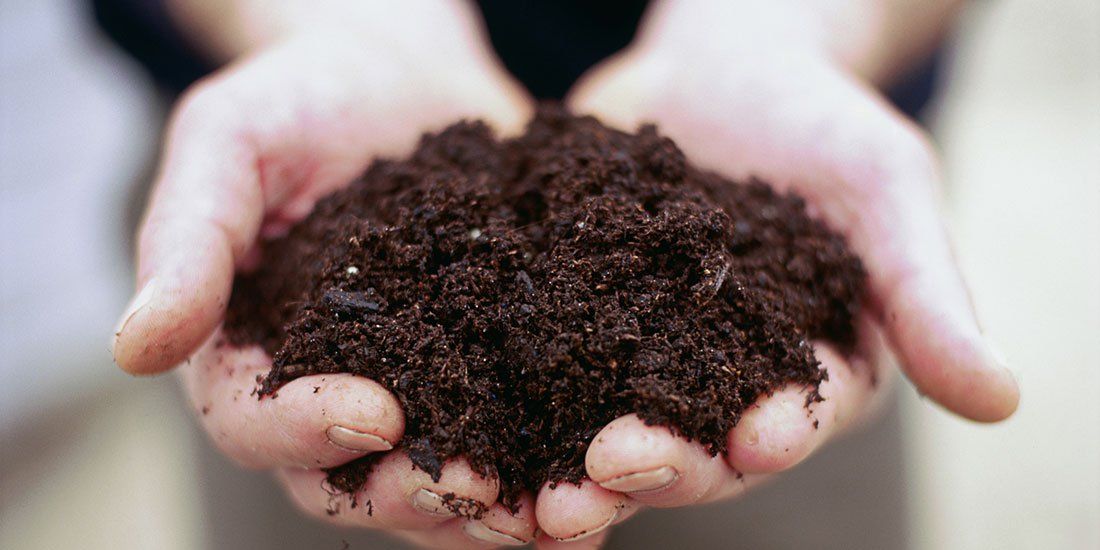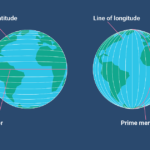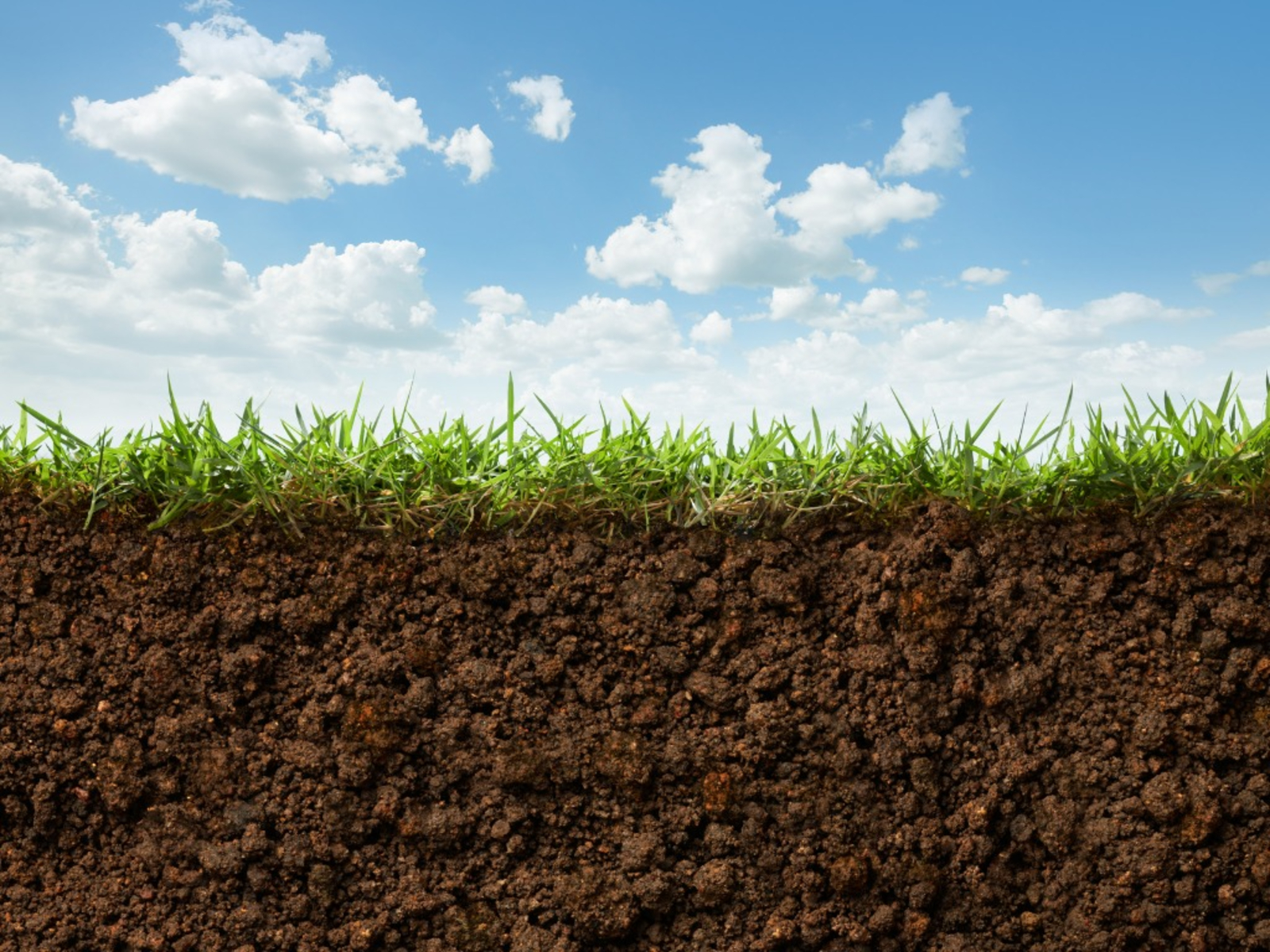Because soils develop under a variety of conditions, the soil in one location can be very different from the soil in another location. In order to understand soil, and how one soil differs from another, geologists look at and measure the soils properties.
Soil Color
The most obvious property when looking at soil is its color. The color of soil can tell scientists a lot about it. Geologist officially recognize over 170 different soil colors. Most of these are shades of black, brown, red, gray, and white.
Generally speaking, the darker a soil is, the more nutrient rich it is. The darker color often indicates an increase in decomposed organic matter known as humus.
Gray soils often indicate poor drainage, while red soils can indicate very poor soils.
These general rules about soil colors can however be misleading. Under certain conditions, a very poor soil can appear as dark black, while a rich healthy soil can appear as red.
Soil Texture
Another easily experienced property of soil is texture. Pick up a pinch of soil between your fingers, and rub it back and forth. You will quickly notice that the soil is made up of a many different sized particles. These particles give the soil its texture.
Some soils have more large particles, and fewer small particles, while other soils have an abundance of small particles with few large particles. Other soils have an equal balance between small and large particles. These well balanced soils are the most healthy for plant life.
Soil Structure
Have you ever played with a dirt clod? A dirt clod is a small clump of soil that has formed a rock-like clump. These dirt clods are called peds by geologists.
Many soils form peds, as soil fragments bond together. These peds effect how easily water is able to move through the soil, as well as plant roots, and other organisms.
Peds tend to form more often in wet locations, and less frequently in drier locations. Sandy locations such as deserts do not form any peds at all.
Acidity Versus Alkalinity of Soil
In order for plants to obtain the nutrients they need to survive, these nutrients must be carried into them by being dissolved into the ground water that the plants absorb through their roots.
If a soil has too much acid in it, the nutrients in the soil will be dissolved too quickly, and leeched away as the water drains. If a soil is too alkaline, or in other words, if there is not enough acid, than nutrients will not dissolve quickly enough.
Thus, a neutral soil, which is neither too acidic, nor too alkaline is the preferred type of soil for plant life to thrive.






